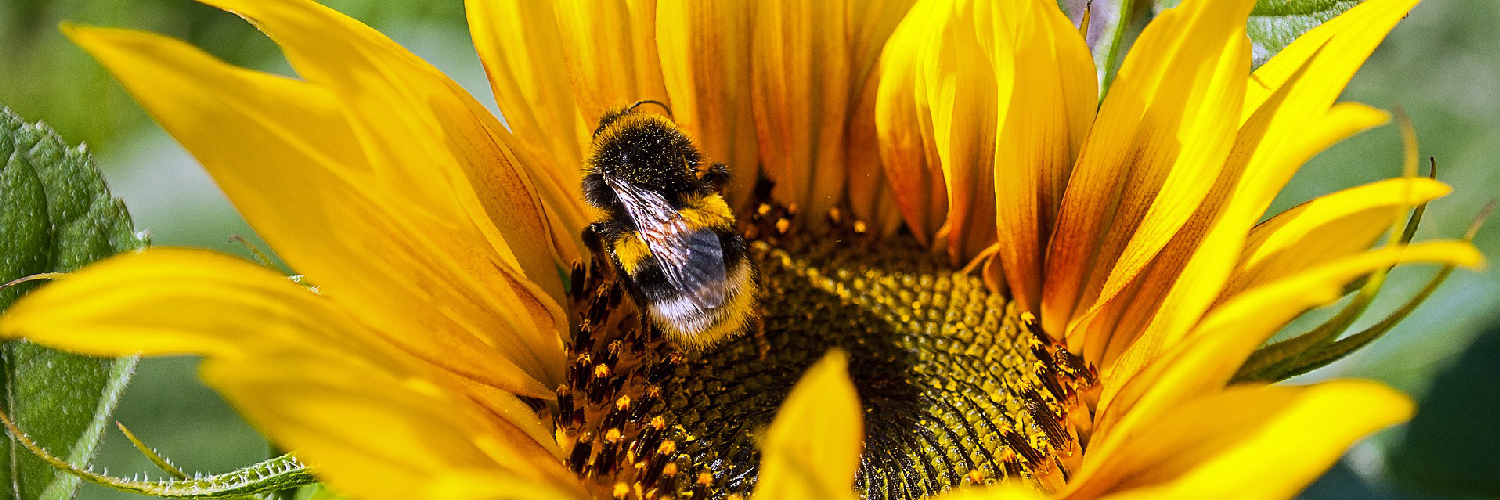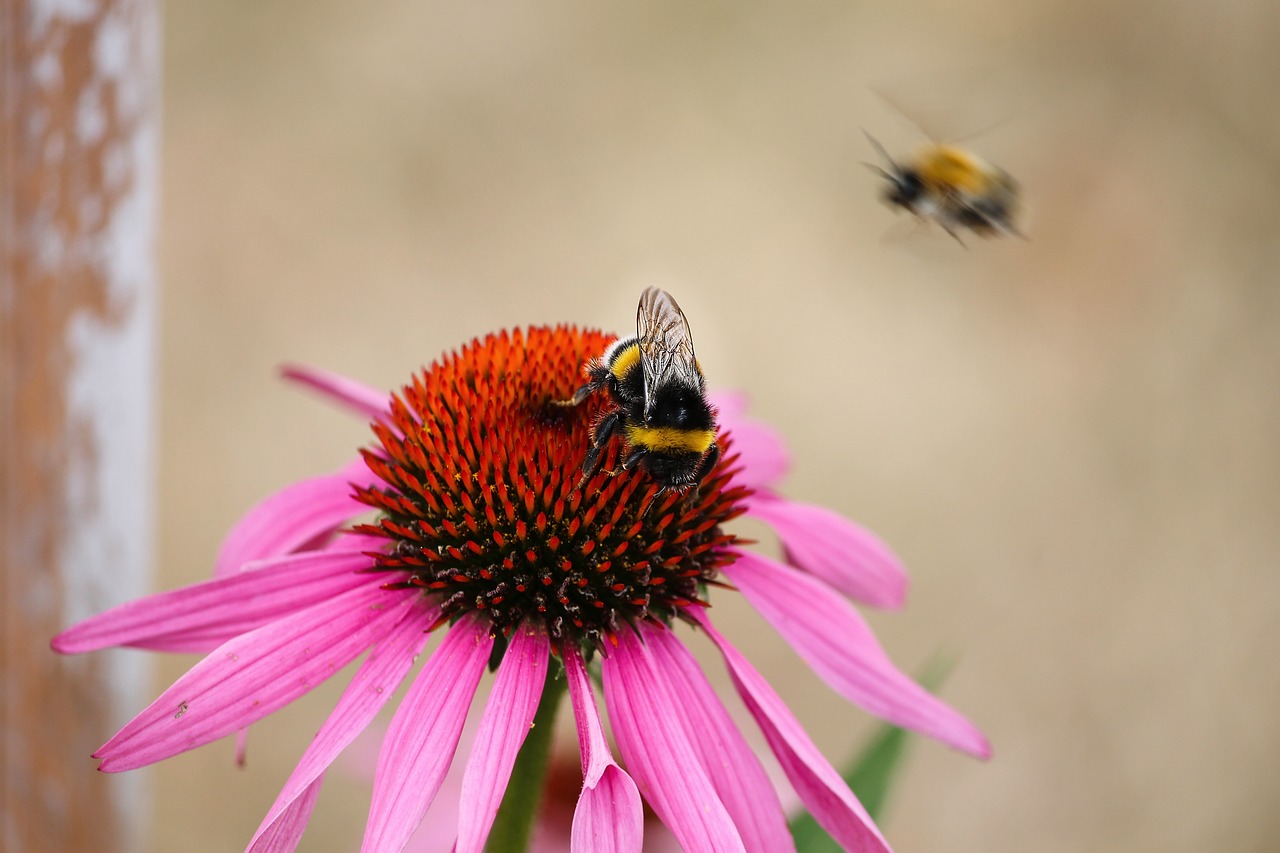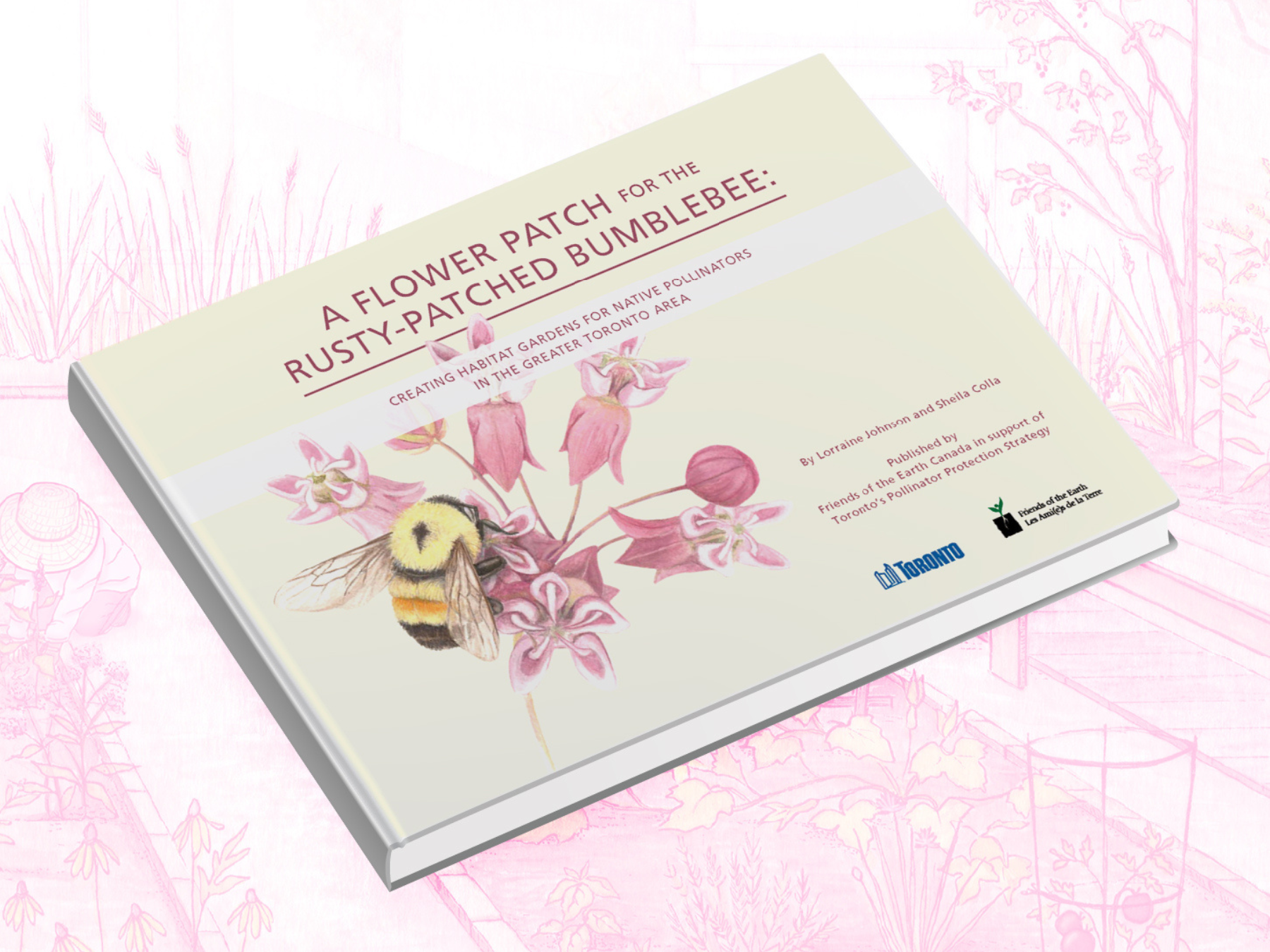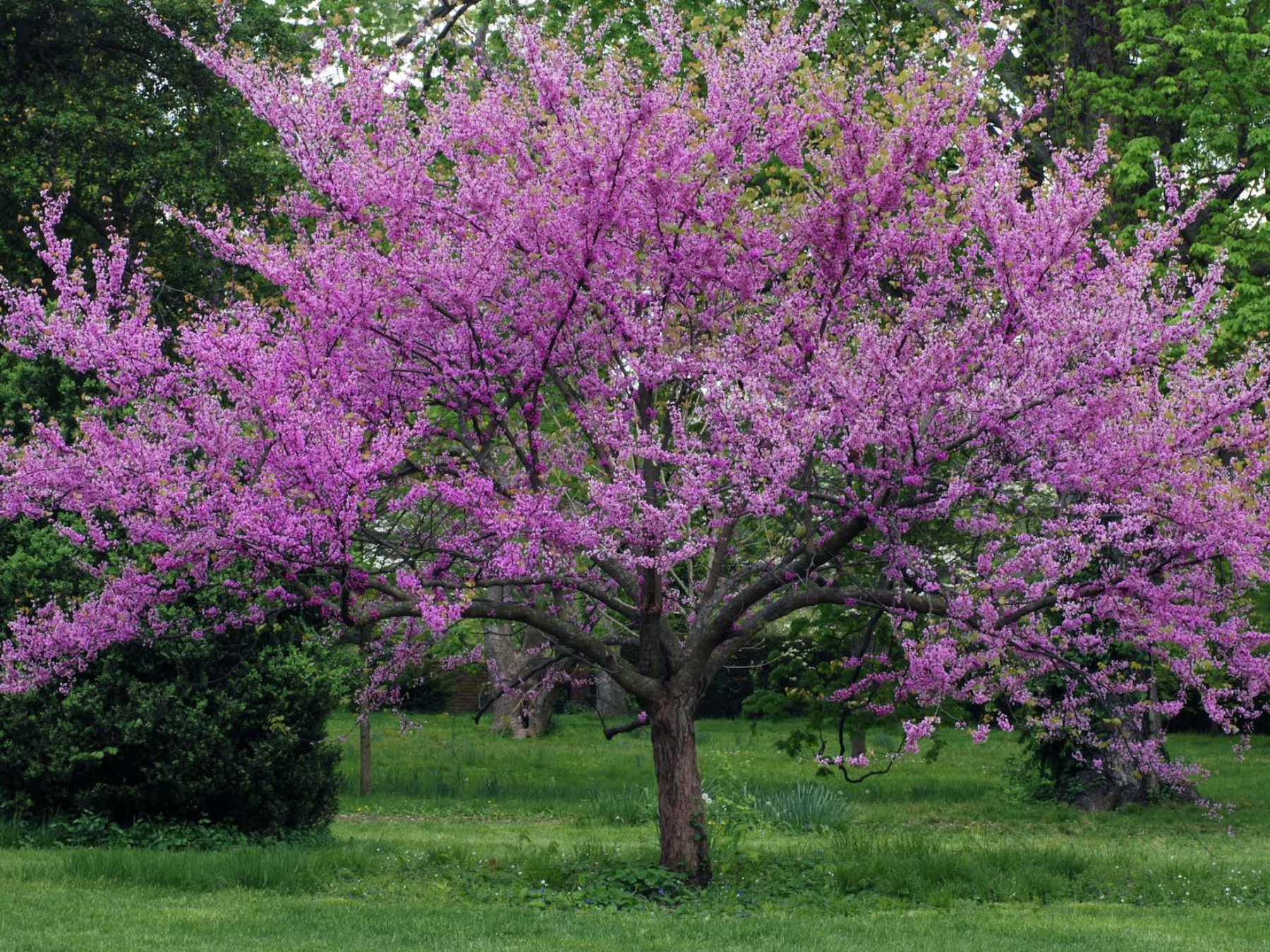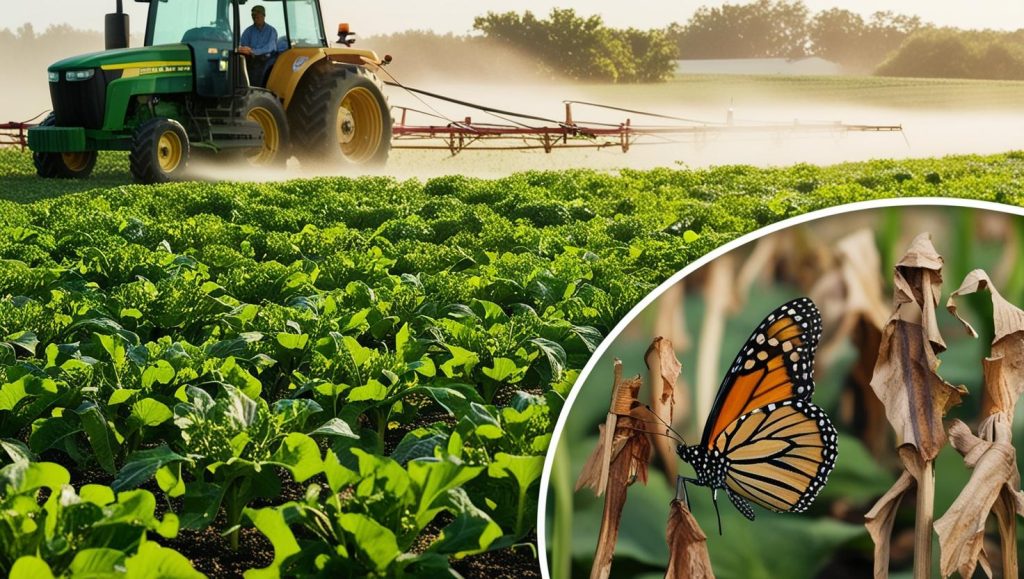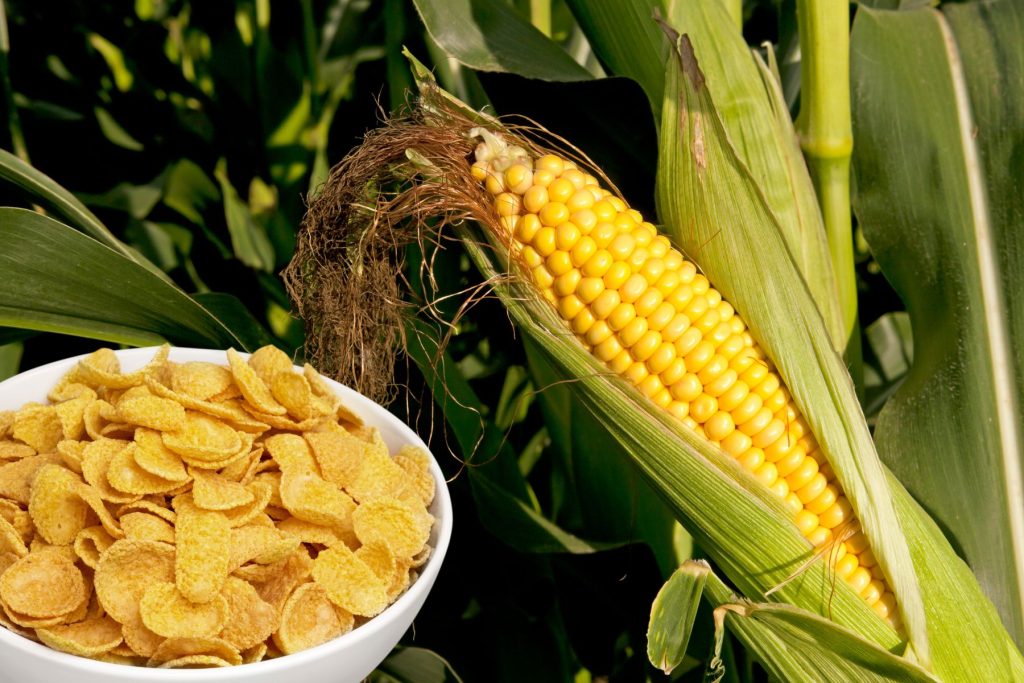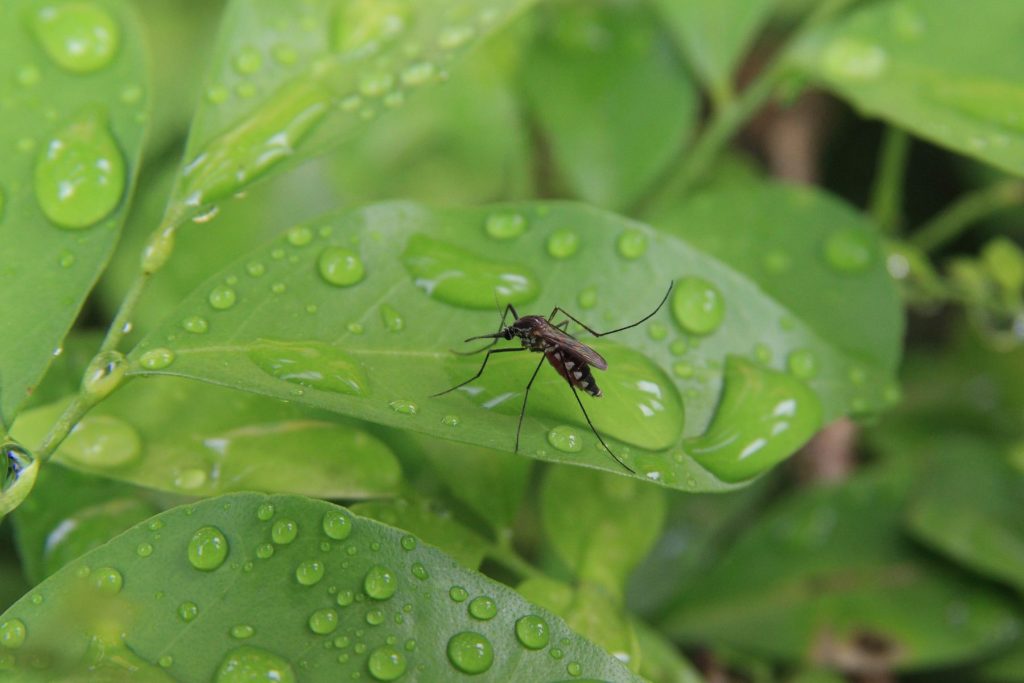The Bee Cause
We put bees on the political agenda.
First, we issued an urgent call for a ban on bee-harmful pesticides and practices and a change to how pesticides are registered in Canada.
Taking the Pest Management Regulatory Agency to court to challenge their “approve first, study the science later” approach showed how important decisions on bee-toxic pesticides can help shape future decisions on all pesticides.
Then, we challenged the market place!
Due to our multi-year flower testing, most garden centres now offer you neonic-free flowering plants where you can do your best for bees in your garden.
We researched what Canadians know about their wild, native bees.
In our national poll, almost seven out of ten did not know the pollinating role of wild, native bees cannot be replaced by honey bees. But, Canadians clearly love their bees.
A new analysis of FOE’s bee poll by bee scientists finds that “Understanding the general public’s knowledge and perceptions of an issue can help drive action on the part of decision‐makers. Such understanding is critical when decision‐makers are faced with multiple stakeholders, which is the case with biodiversity conservation issues.” Read the paper.
So now, the Bee Cause is a campaign to save all bees while educating Canadians about the state of their wild, native bees.
Friends of the Earth has partnered with Green Teacher Magazine for a special issue of content on wild, native bees in North America. We look forward to extending this work in 2023 with podcasts and webinars.

New Pesticides in Garden Plants: FOE’s Findings Beyond Neonics
For over a decade, Friends of the Earth’s Bee Cause Campaign successfully advocated for neonic-free plants in garden centers. By 2024, neonics were largely gone. However, new tests on “pollinator friendly” plants revealed a concerning truth: while neonics were absent, a range of other pesticides, including multiple fungicides and insecticides, were present. This suggests garden centers may be greenwashing, having simply replaced neonics with other potentially harmful chemicals. You can help fight this by demanding pesticide information, signing the Gardeners’ Right to Know petition, and documenting potential greenwashing at garden centers.
Teaching and learning about pollinators
Teaching and learning about pollinators based on FOE’s 2022 survey of Canada-wide science curricula, is clear that any teaching about the significance of insect decline, including bees, depends on individual, dedicated teachers and would not be universally taught. Revised and updated curriculum guidelines are needed and should incorporate important scientific findings in a way young people can learn about insects and their value. Friends of the Earth partnered with Green Teacher Magazine for a special issue on wild, native bees in North America and we look forward to extending this work in 2023 with podcasts and webinars.
A Flower Patch for the Rusty-Patched Bumblebee
A Flower Patch for the Rusty-Patched Bumblebee provides powerful tools for taking action to support and protect native bees by creating habitat where we live, work and gather as communities. There is much that needs to be done to protect bees, but growing a flower patch is one action we can all take now to make a positive difference.
Trees For Bees
What’s on the menu in March or April if you’re a hungry wild, native bee? Take a look at our reference guide and learn about the invaluable trees that are “floral resources” for bumblebees across Canada.
Let It Bee
Gardens provide critical habitats for wild, native bees and to help protect them, we must change gardening practices.
Market Action on Neonics
It’s time for a check-in on garden centres to see if they’re maintaining their pledges to remove bee-toxic neonicotinoid pesticides from their flowering plants supplied by plant nurseries.
